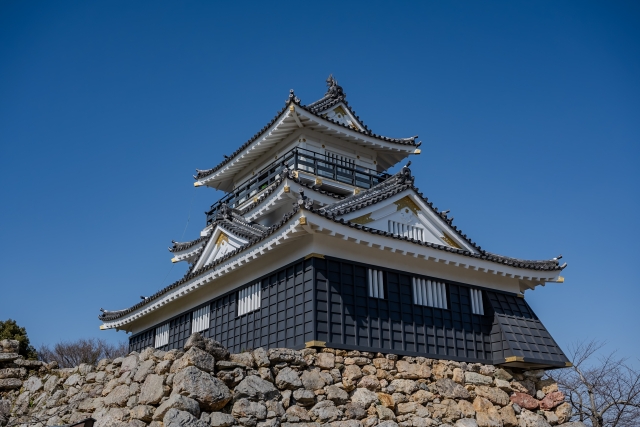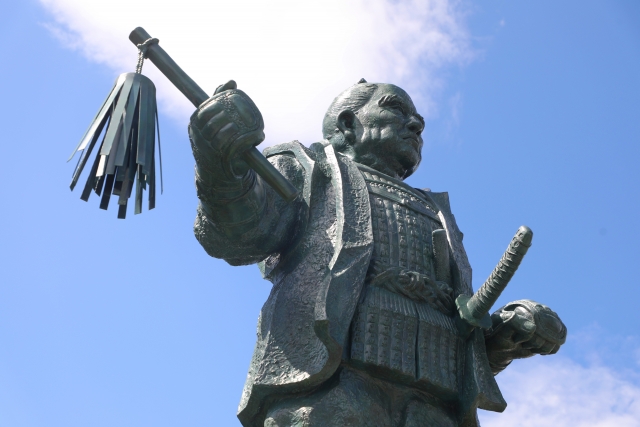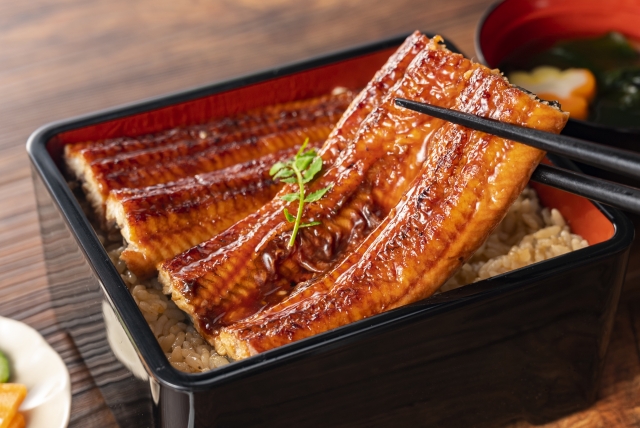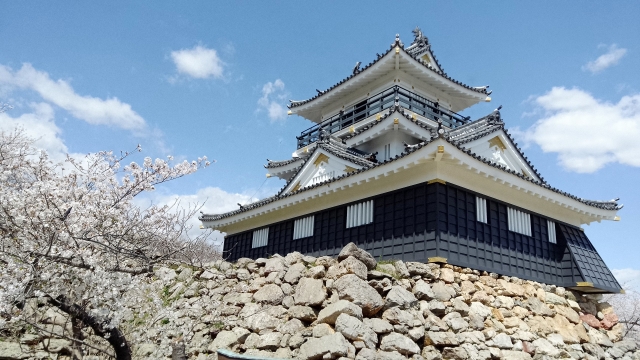
Tokugawa Ieyasu and Hamamatsu Castle: The Origin of the Samurai Who Changed Japan
Hamamatsu Castle, located in the heart of Hamamatsu City, Shizuoka Prefecture, served as the base for the great shogun Tokugawa Ieyasu during his youth in 16th-century Japan. He was the first shogun of the Edo shogunate, which unified Japan during the Warring States period—the most turbulent era in Japanese history—and established approximately 260 years of peace. Comparable to historical figures like Napoleon or Elizabeth I in European history, he was a monumental leader.
Hamamatsu Castle, where Ieyasu spent 17 years from age 29 to 45, was truly the “starting point of his rise to power.” For this reason, it is also known by the alternate name “Castle of Success.” Many businesspeople visit to pray for career advancement and success, and today it attracts tourists from both Japan and abroad as a “castle that boosts your luck.”
A trip tracing the history of Hamamatsu Castle

The history of Hamamatsu Castle began around 1570 when Ieyasu built it to control the province of Totomi (present-day western Shizuoka Prefecture). Japan at that time was in the Warring States period, with numerous warlords vying for national unification. From this base, Ieyasu expanded his power and laid the foundation for his eventual unification of the country.
Especially famous is the 1572 Battle of Mikatagahara. Ieyasu challenged Takeda Shingen, considered Japan’s strongest samurai at the time, and suffered a crushing defeat. However, it is said that through this defeat, he learned strategic lessons that led to his later victories. Today, Hamamatsu Castle houses an exhibition commemorating this battle. It is a popular spot for business travelers visiting from the perspective of “leadership learned from defeat.”
The castle’s stone walls also merit attention. Hamamatsu Castle’s walls, known as “nozura-zumi” (rough-hewn stone masonry), feature a powerful structure built by stacking natural stones as they were found. This was a technique unique to 16th-century Japan, embodying a “beauty in harmony with nature” distinct from European fortress architecture. The sight of plants sprouting through the gaps in the stones seems to symbolize Ieyasu’s life itself – that “even within defeat lies the power of rebirth.”
The Samurai Spirit in the Modern Age
The current Hamamatsu Castle is developed as Hamamatsu Castle Park, centered around its reconstructed keep.
It is also renowned as a cherry blossom viewing spot, where about 300 cherry trees bloom magnificently in spring. It is an ideal location to experience Japan’s “hanami” culture. Additionally, it offers seasonal attractions like autumn foliage and winter illuminations, making it popular with tourists. Inside the castle, visitors can see displays of Ieyasu’s armor and swords, along with daily life tools from that era. Particularly popular as a photo spot is the replica of the armor favored by Ieyasu. The “samurai” represents not merely warriors, but a symbol of Japanese culture valuing loyalty, endurance, and sincerity. This philosophy, emphasizing the spirit of self-discipline, continues to influence modern Japanese work ethics and interpersonal relationships. At Hamamatsu Castle, you can tangibly feel this “samurai spirit.”
Directions and Access Information
Approximately a 20-minute walk from JR Hamamatsu Station, or immediately upon exiting the Entrance to Hamamatsu Castle Park stop on the Entetsu Bus.
Access by taxi takes about 10 minutes. For rental car users, the Hamamatsu Castle Park parking lot (approximately 100 spaces) is convenient. Within a 30-minute drive from Hamamatsu Castle, spots like Lake Hamana and the Nakajima Sand Dunes are scattered, offering enjoyment of both nature and history.
Taste the Living Tradition of Flavor in a Samurai Castle Town

After visiting Hamamatsu Castle, savor the unique culinary culture of this castle town. During the era of Tokugawa Ieyasu, this region served as a vital crossroads for east-west travel, bustling with people and goods and fostering a rich food culture. Even today, Hamamatsu preserves the meticulous, heartfelt cuisine befitting a “samurai town.”
① Hamamatsu Gyoza: A signature dish cooked in a circular arrangement
Hamamatsu gyoza is famous as Hamamatsu’s signature dish. Its distinctive style involves cooking the gyoza in a circular arrangement on a hot iron plate, with boiled bean sprouts placed in the center. Featuring a generous amount of cabbage and a light flavor, it’s popular not only with Japanese locals but also with international tourists.
Within a 10-minute walk from Hamamatsu Castle, you’ll find renowned restaurants like “Mutsu Giku” and “Ishimatsu Gyoza Hamamatsu Station Branch,” where lines are inevitable. Many establishments offer English menus, making them accessible even for first-time visitors.
② Eel Cuisine: Traditional Flavors Nurtured by Lake Hamana
When you think of Lake Hamana, you think of eel. With a history of eel farming dating back to the Edo period, Lake Hamana eel is characterized by its rich fat content and plump texture. The signature dish, “Unaju” (eel rice bowl), entices the appetite with the savory aroma of its glaze. Restaurants like “Unagi Fujita” and “Yaotoku Honten,” about a 15-minute drive from Hamamatsu Castle, are making efforts to accommodate foreign tourists with English explanation menus and Halal-friendly options.
③ Tea Sweets: Experience Japanese Culture Through Taste
In Hamamatsu City’s Nishiku district tea fields, sweets made with matcha and hojicha are gaining popularity. Among them, “Murakami Shoten” offers matcha tiramisu and gelato made with local tea leaves, attracting attention on social media as a photogenic cafe. Green tea symbolizes “tranquility” and “courtesy,” concepts connected to bushido, making this spot highly recommended for experiencing Japanese culture through taste.
After exploring history around Hamamatsu Castle, indulge your senses with gourmet cuisine in the castle town. Savor Hamamatsu’s “history” and “present” through its food.
Feel the story of “history and peace” at Hamamatsu Castle

Hamamatsu Castle is more than just ruins. Here, the spirit of Tokugawa Ieyasu—who never gave up despite defeat, learned from his struggles, and ultimately unified Japan—still lives on. The peaceful Edo period he established nurtured Japanese culture and aesthetic sensibilities, forming the very roots of modern Japanese culture.
Understanding history is the first step to truly comprehending a nation.
Why not embark on a journey to Hamamatsu Castle to experience the “samurai spirit” and “Japanese beauty” for yourself?

